

Edge Computing and Next-Generation Control
Five
ways to power innovation
Meet the Authors
Craig Resnick is the primary analyst for ARC’s automation and financial services clients with focus areas that include digital transformation, automation platforms, edge, OT/IT convergence, and production management. Prior to ARC, he was with leading companies including Siemens and Schneider Electric.

Vice President ARC Advisory Group
For more than 15 years, DoShik has focused on the integration of industrial software and software automation. His primary interests are exploring practical use cases and getting a better understanding of how organizations can achieve digital transformation.


Craig Resnick
DoShik Wood Senior Director of Product and Solution Marketing at Penguin Solutions
Introduction
Expert insight and real-world examples illustrate crucial opportunities for leaders to deploy edge computing for enhanced next-generation control.
Edge computing is transforming operations across a broad range of industries. From food & beverage to oil & gas to pharmaceutical manufacturing, this emergent technology harnesses real-time data from critical equipment and processes to improve operational efficiency and gather new insights using advanced analytics.
These advanced computing capabilities provide a strong foundation for smart infrastructure and Industry 4.0 manufacturing. By leveraging connectivity, collaboration, and insight, smart applications create business value, increase competitive advantage, and boost productivity.
Read on to find out how edge computing can help turn edge data into actionable insights, ensure the reliability of critical applications, future-proof and innovate with software, and more.


Table of Contents

What is Edge Computing?
Edge computing is a distributed computing model deployed in OT environments close to critical equipment and processes where data is collected and analyzed—rather than on a centralized server or in the cloud.
Edge computing effectively builds a bridge between real-time data acquisition from mission-critical processes to the control room, cloud, or operations center, providing local compute capabilities for shop floor equipment and remote assets.
Demand for industrial edge computing platforms will grow significantly, driven by growth in demand for applications requiring on machine or on production line physical hardware with the necessary computing power for functionality, such as analytics and control.

Edge to Enterprise Architecture
Regional data center edge, global data center

Compute & local data center





Device gateway, compute edge






Stratus ztC EnduranceTM Command Center
Stratus ztC Endurance
Stratus everRunTM on existing
Stratus ftServer®
Cloud
Why Edge Computing?

Critical capabilities to modernize control
Reliably run human-machine interface (HMI) / supervisory control and data acquisition (SCADA) software
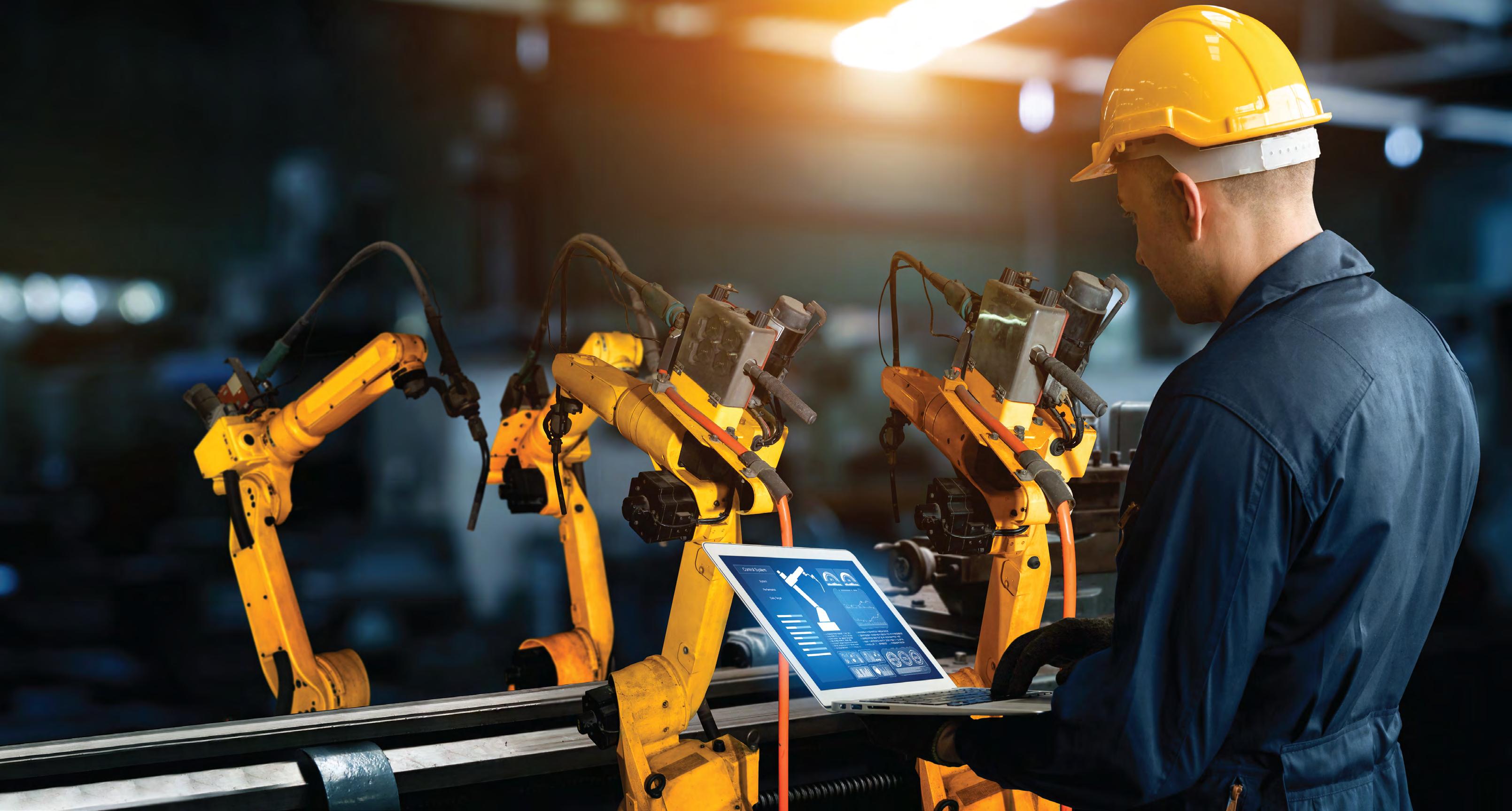
Reduce risks and costs associated with unplanned application downtime, infrastructure management, and serviceability
Support industrial PCs (IPCs), programmable logic controllers (PLCs), and programmable automations controllers (PACs) both on-site or remotely
Deliver solutions that boost performance, scalability, reliability, and longevity for current operations and provide headroom for future requirements
Capture, process, and store large volumes of edge data
Consolidate siloed applications on multiple, disparate systems
Meet demands of both IT and OT environments

Five Ways Edge Computing Powers Innovation
1. Turn edge data into actionable insights
Industrial organizations generate massive amounts of structured and unstructured data each day. The challenge is transforming this data into actionable information.
Edge computing platforms are located on or near production operations for data collection, data analysis, and data storage.
Demands common in industrial settings such as remote, inaccessible locations; continuous operations; and easy to manage/self-managing solutions are typical for edge operations.
With edge computing, organizations gain actionable insight to increase productivity, gain efficiencies, and improve safety.


Case study snapshot
Turn edge data into actionable insights
Rubberlite, a materials manufacturer specializing in manufacturing polyurethane, launched a Supervisory Control Systems Project in order to improve overall data quality, starting with standardizing their SCADA systems.
A Stratus edge computing platform from Penguin Solutions® enabled Rubberlite to digitalize their information, standardize data collection at the source to understand performance, and share that data plant-wide. With critical information and insights, Rubberlite was able to realize an 80% reduction in non-sellable material, with direct benefits for customer satisfaction and the bottom line. They also eliminated application downtime and data loss.
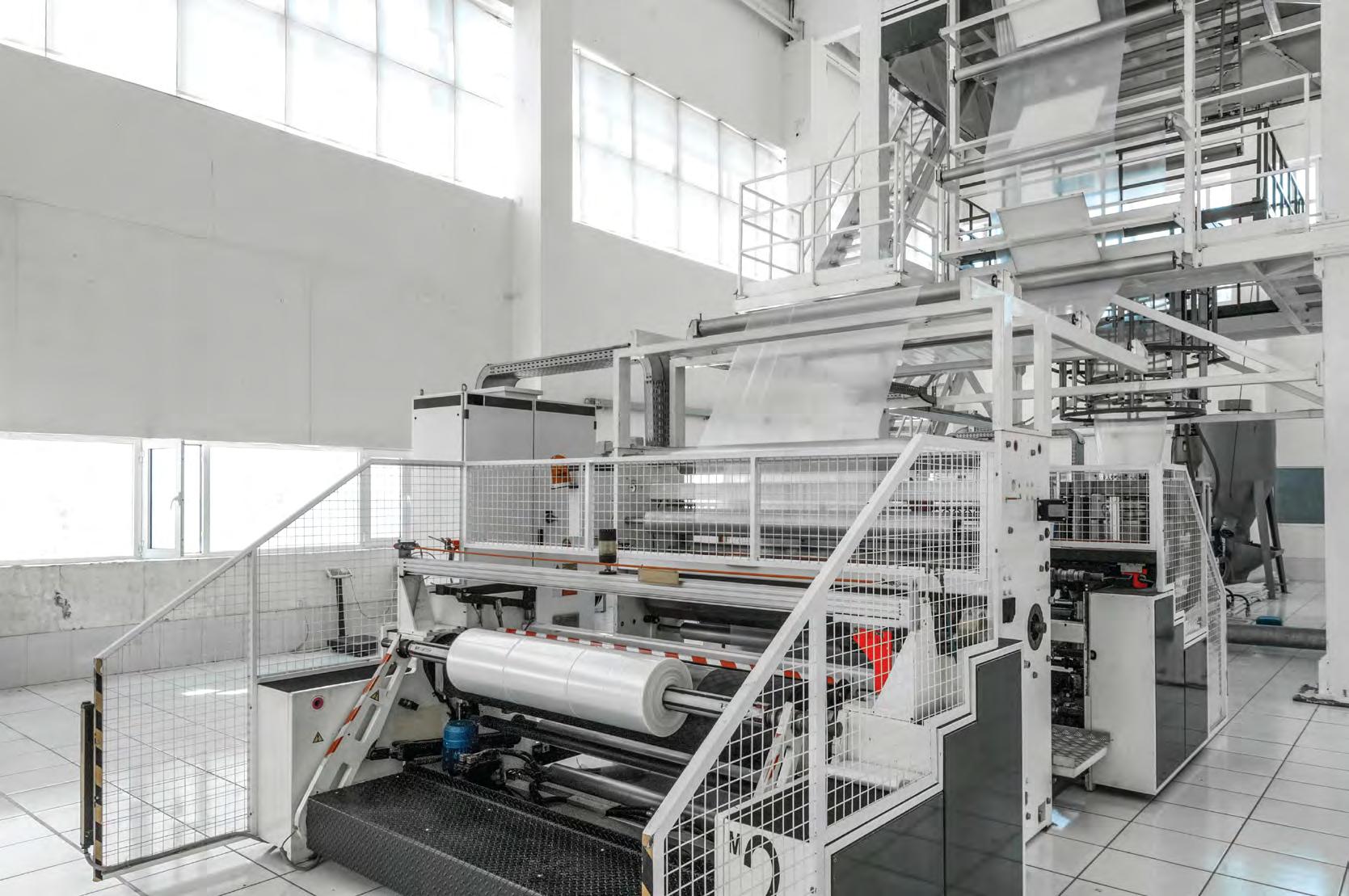
Our partnership with Penguin Solutions has helped Rubberlite evolve into where we are now, and it’s put us in the position of where we can continue to grow and improve.
Former Process Automation Engineer Rubberlite
2. Ensure reliability for critical applications
Failure and downtime are not an option. Advanced computing platforms purpose-built for the edge provide the reliability your organization needs to run mission-critical control solutions such as HMI/SCADA and historian applications for monitor and control.
Best-in-class edge computing platforms should:
Have industrial strength, reliability, and redundancy
Greater than 99.999% fault tolerance
24/7/365 proactive support
Align with industrial grade lifecycle
Designed to last 8-10 years
Support for entire lifecycle
Be easy to service and support
Autonomous operation/failover capabilities
Remote monitoring/self-healing management
Hot-swappable components/nodes

Case study snapshot
Ensure reliability for critical applications
Petra Srl owns and operates one of Italy’s largest oil depots, handling millions of liters of oil and gasoline and loading hundreds of trucks each day. To enable efficiency for depot operations, Petra runs Nuovo Petrol, a next-generation terminal automation solution from an experienced system integrator, Loginet.
With the Loginet solution and Stratus edge computing platforms from Penguin Solutions, Petra automated manual processes and integrated disparate terminal systems to reduce risk, enable real-time data, and centralize visibility of operations. The company reduced depot load times by 33% and has experienced zero downtime in a decade.
Petra hasn’t had an unplanned outage in 10 years. They’ve never experienced any business disruption with Penguin Solutions as their foundation. When our customers need that extreme level of reliability, we will continue to rely on Penguin Solutions for continuous computing.
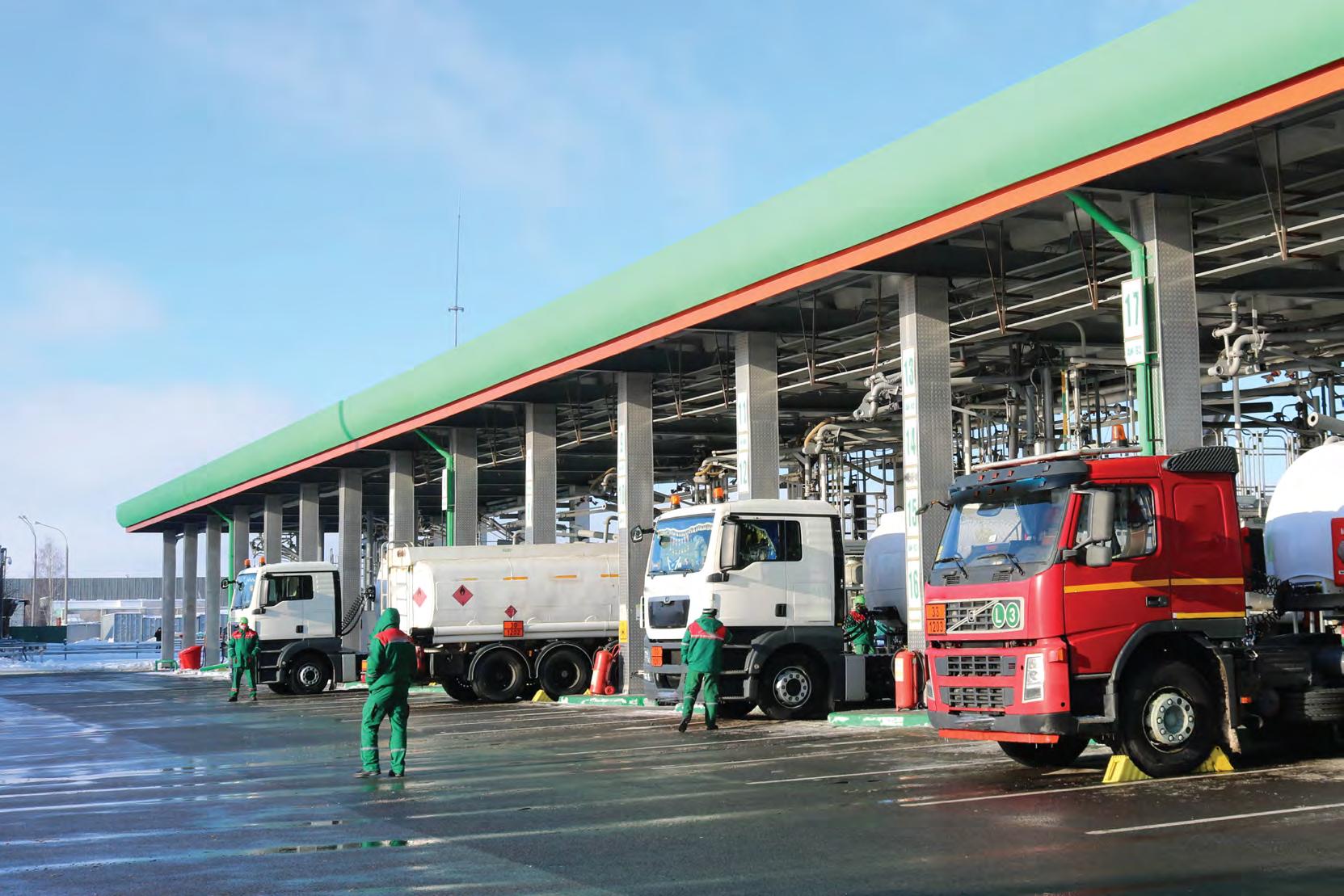

Gianluigi Campisano Automation Engineer, Loginet
3. Future-proof and innovate with software
Deploy your applications at the edge for better operational performance.
Performance Management
Reduce process upsets
Improve production
Lower energy consumption
Product Quality
Ensure reliable supply
Improve customer expectations
Reduce reruns
Lower waste elimination
Visibility of Operations
Digitize intelligence
Unbind knowledge and experience

Safety
Increase worker safety
Lower operational risk
Improve cybersecurity protection
Asset Health
Reduce unplanned downtime
Optimize MRO
Enhance asset performance
Improve workforce engagement
Case study snapshot
Future-proof and innovate with software
Netherlands-based Alewijnse is a global leader in maritime technology, providing critical systems for vessels ranging from yachts and naval ships to increasingly complex dredging, offshore, and transport rigs. The company designs, delivers, and integrates onboard electrical and automation systems, as well as advanced marine electronics.
Using Stratus ftServer®, Alewijnse developed the maritime industry’s first future-proof virtualization platform to manage critical ship systems. The new platform replaced 20 computer systems with one server, reducing the system footprint by 75% and doubling its lifespan from four years to eight years.
Our customers now have one view of all critical systems that they can share anywhere on the ship. That visibility and access to information enables quicker response and better decision making for ship operations.
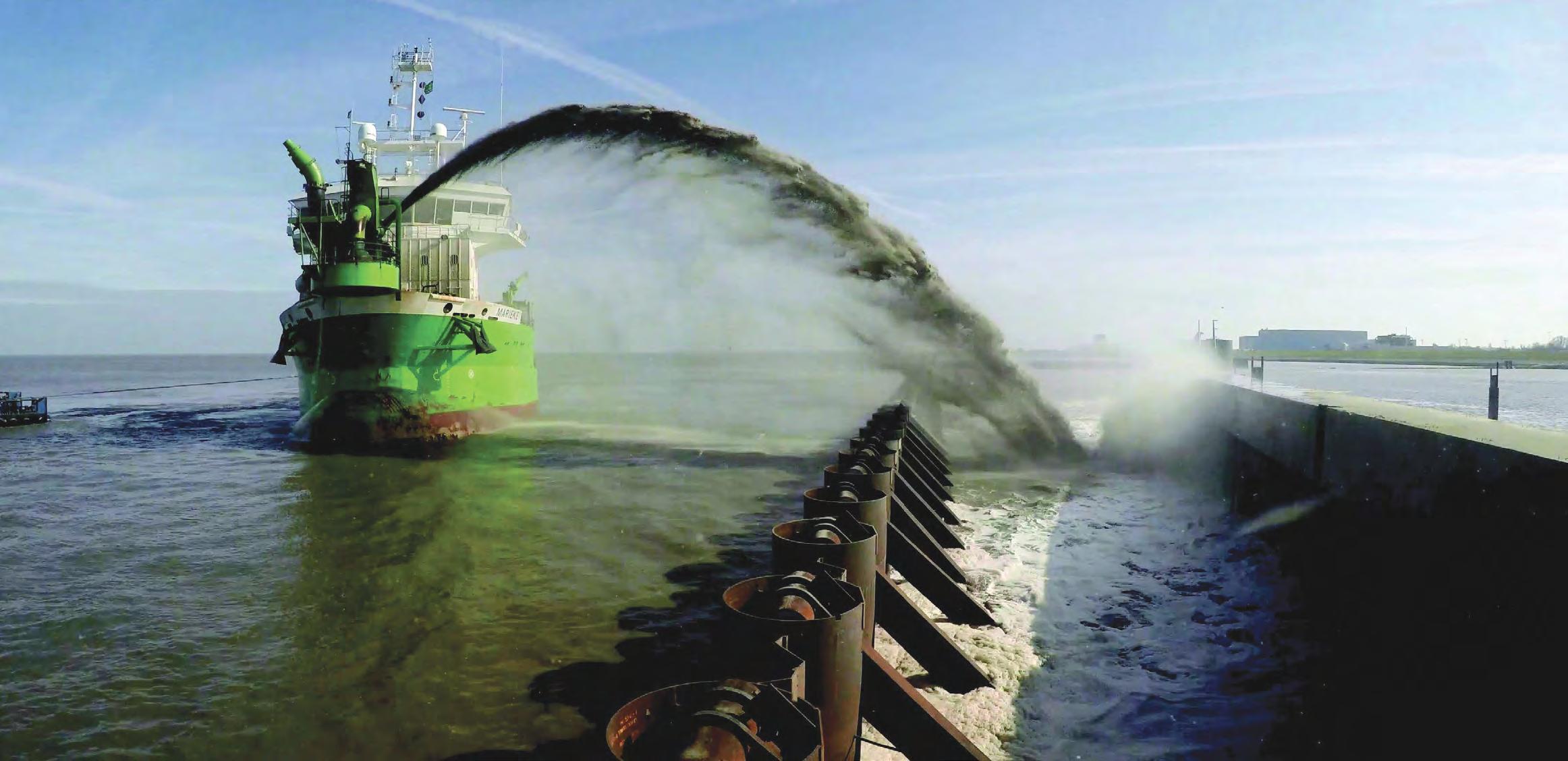
Johan Van Rikxoort Product Manger, Alewijnse

4. Enable IT and OT
In OT environments, equipment must support OT operations while also fulfilling IT requirements. With limited IT staff and skill sets available at edge locations, solutions must be easily maintained by OT staff.
Edge computing meets the needs of IT and OT teams alike.
IT needs
Cybersecurity
Integration with business apps
Standards-based, solution
agnostic OPC-UA, MQTT
Lower cost, non-proprietary

Converged IT/OT benefits
Reliability
Easy to service
Supports future needs
OT needs
Easy to deploy, manage, and maintain
Easy to migrate into legacy infrastructure
Remote monitoring
Lifecycle independent
Works with any generation PLC
Case study snapshot
Enable IT and OT
A leading life sciences company that manufactures cell biology and DNA, RNA, and protein analysis products needed to eliminate downtime and data loss to avoid costly disruptions and ensure regulatory compliance.
Over the course of one week, RoviSys, a global system integrator specializing in automation, deployed Stratus edge computing platforms running Rockwell Automation PlantPAx® at three of the manufacturer’s production sites. These new production control architectures provided fault tolerance, simp converged OT and IT, and reduced total cost of ownership (TCO) by 15-20% compared to a cluster solution. The life sciences company has experienced no unplanned downtime since it went live, and its engineers are able to service the platforms without dedicated IT support.
With Penguin Solutions longevity and durability, and streamlined FAT/SAT verification, our customer has a top-performing, high-availabili the long haul.

5. Prepare for advanced AI and ML
Edge computing platforms run artificial intelligence (AI) and machine learning (ML) analytics solutions that are fully integrated with HMI/SCADA and other advanced applications. This combination provides a great foundation for reliable, scalable, future-proof advanced computing architecture.
AI and ML analytics vary depending on objectives and timing:
Hindsight Foresight
Damage done, crisis averted
Descriptive and diagnostic analytics
What happens (what happened) and why
Focus on past and current performance
Data discovery tools

Damage avoided, crisis averted
Prescriptive analytics
What to do
Knowledge base
Automation of decision processes
Predictive analytics
What is likely to happen
Big Data, data science, and ML
Toolkit and sandbox environments
Case study snapshot
Prepare for advanced AI and ML
Streamline Innovations based in San Antonio, Texas, is a system integrator that develops and operates a proprietary process that removes toxic hydrogen sulfide (H2S) in oil & gas, water & wastewater, landfills, and biogas. To succeed in the competitive oilfield services market, the company must continually innovate to boost efficiency, optimize performance, meet customer budget requirements, and enable a greener future.
Using Stratus ztC EdgeTM Streamline Innovations developed a visionary solution called the ValkyrieTM Intelligent Platform to bring AI-powered predictive maintenance, remote operation, and 99.5% uptime to remote oilfield equipment.

Having seen what the Stratus ztC Edge platform is capable of in a complex solution such as the Super Valkyrie, it’s clear that edge technology has a lot to offer the Oil & Gas industry. I am talking about Smart Wellheads, Smart glycol units, Smart JT Skids, and more.
Dr. Peter Photos Chief Technology Officer, Streamline Innovations
Edge computing provides maximum performance and reliability for next-generation control systems

Get the most out of your assets
Attract a modern workforce
Update and streamline work processes
Gain new insights into operations to run more efficiently
Become more responsive to customers
Take advantage of emerging technologies to enable Digital Transformation
What to look for in an edge computing platform
Simple
Scalable, extensible, flexible, and optimized
Protected
Prevents downtime, redundant, industrial-grade, and secure
Autonomous
Provides health monitoring, system status, global support, and remote upgrade capabilities

Edge Computing Platforms for your Next-Generation Control Solutions
Penguin Solutions provides edge computing solutions that help companies smoothly transition from existing deployments to next-generation solutions.
Our future-proof platforms include:

Stratus ztC Endurance is Penguin Solutions new family of fault-tolerant computing platforms designed specifically for edge and data center workloads. This new platform delivers 99.99999% uptime, with built-in fault tolerance, proactive health monitoring, and unmatched serviceability to enable intelligent predictive failover.

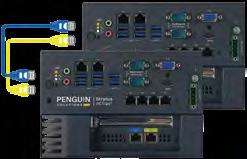
Stratus ztC Edge is a secure, highly automated edge computing platform with built-in virtualization and fault tolerance that can run critical applications with no downtime or data loss. With Stratus ztC Edge, OT and IT teams can rapidly modernize and scale edge infrastructure to turn data into actionable insights.

Stratus ftServer is a computing platform uniquely engineered to run mission-critical applications in the data center, control room, or an edge location without downtime or data loss. Using Stratus ftServer, organizations can rapidly modernize IT infrastructure to maximize reliability, simplify manageability, and future-proof computing infrastructure with minimal risk.

About Penguin Solutions
With over two decades of experience as trusted advisors to our valued customers, Penguin Solutions is an end-to-end solutions provider helping solve complex challenges in computing, memory, and LED solutions.
Penguin Solutions designs, builds, deploys, and manages high-performance, high-availability enterprise solutions, allowing customers to achieve breakthrough innovations.
Our Stratus high availability and fault tolerant computing platforms ensure the continuous availability of our customers’ critical applications and data in remote data centers and edge locations.
For more information, visit www.penguinsolutions.com
